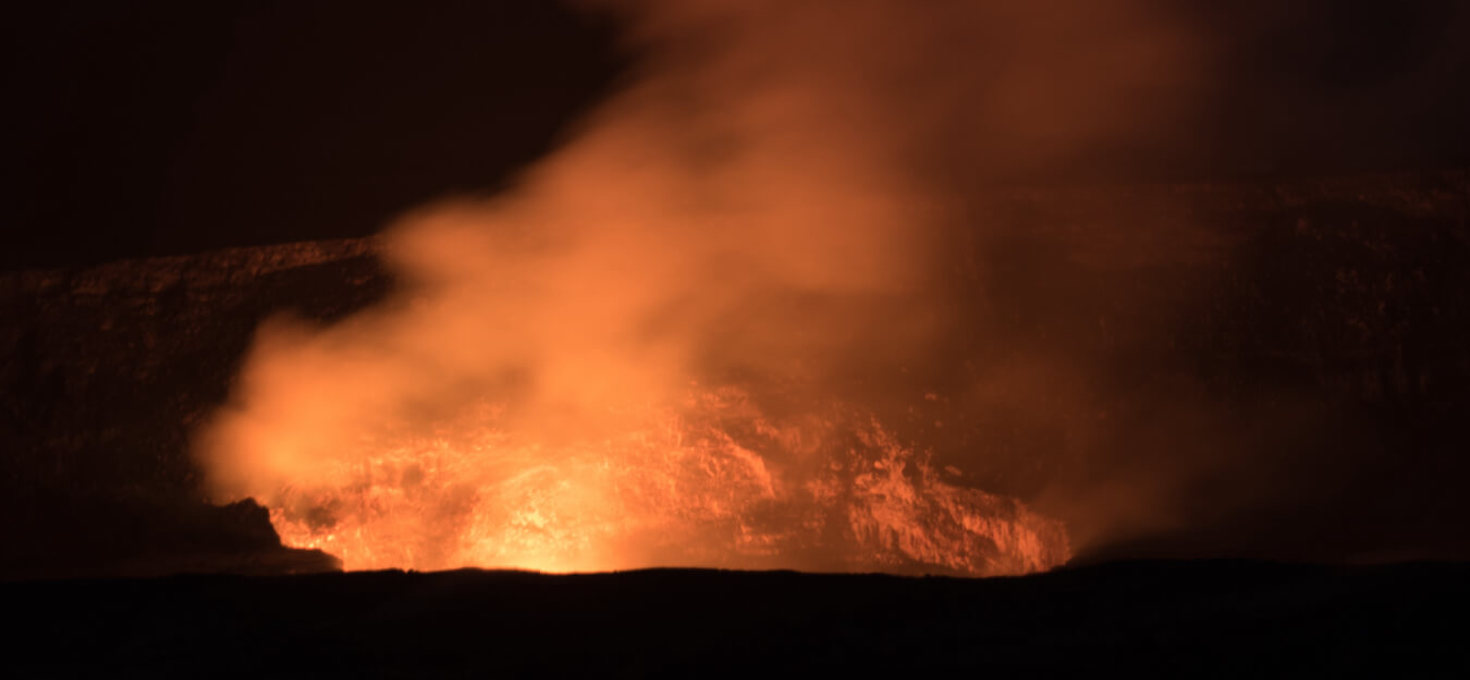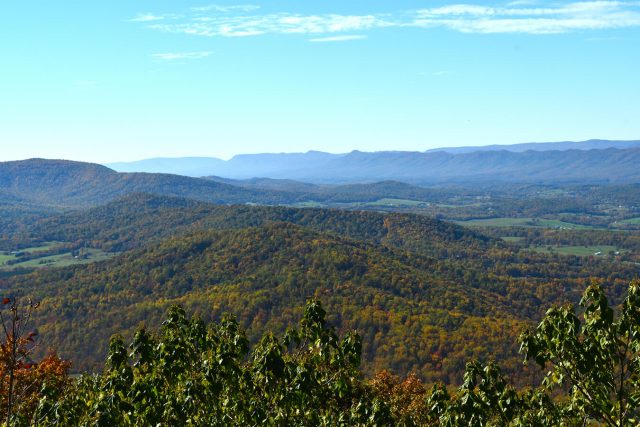
Hawai’i Volcanoes National Park is perhaps best known for its four active shield volcanos (Kilauea, Mauna Loa, Mauna Kea, and Hualalai) and eight-mile-long lava flow that once actively poured flowing lava directly into the ocean. After an eruption in 2018, Kilauea’s lava lake drained and the flow of lava to the ocean stopped. According to the National Park Service (NPS), “there is no molten lava or lava glow to see anywhere in or out of the park.” The Hawaiian Volcano Observatory (HVO) is now tracking a pool of water at the Summit of Kīlauea where a lava lake used to be. Despite the lack of visible lava at this time, there is still plenty to do and see at this fascinating National Park. It offers some of the most unique cultural, biological, and geological landscapes in the world.
While visiting, plan on taking the Crater Rim scenic drive around the summit of Kīlauea and don’t forget to make a stop at the Steam Vents, Steaming Bluff, and Ha‘akulamanu (Sulphur Banks) on your way! Continue down the slopes of Kīlauea to the sea on a spectacular drive ending where lava-rock meets the ocean. Hike one of several trails while enjoying the natural beauty of this volcanic landscape or take a walk through lush rainforest to see a 500-year-old lava flow up close and personal. Pack your camera and your sense of adventure! If you’re lucky enough to make a trip to the Big Island (Hawai’i), it’s definitely one you’ll never forget! Be sure to visit the park website for current closures and conditions.


